An Introduction to Bioconductor's ExpressionSet Class
An Introduction to Bioconductor's ExpressionSet Class
An Introduction to Bioconductor's ExpressionSet Class
- No tags were found...
You also want an ePaper? Increase the reach of your titles
YUMPU automatically turns print PDFs into web optimized ePapers that Google loves.
<strong>ExpressionSet</strong> (s<strong>to</strong>rageMode: lockedEnvironment)assayData: 500 features, 26 sampleselement names: exprsphenoDatasampleNames: A, B, ..., Z (26 <strong>to</strong>tal)varLabels and varMetadata description:gender: Patient gendertype: Case/control statusscore: Tumor progress on XYZ scalefeatureDatafeatureNames: AFFX-MurIL2_at, AFFX-MurIL10_at, ..., 31739_atfvarLabels and fvarMetadata description: noneexperimentData: use 'experimentData(object)'<strong>An</strong>notation: hgu95av2(500 <strong>to</strong>tal)5.1 Accessing Data ElementsA number of accessor functions are available <strong>to</strong> extract data from an <strong>ExpressionSet</strong> instance.You can access the columns of the phenotype data (an <strong>An</strong>notatedDataFrame instance) using$:> exampleSet$gender[1:5][1] Female Male Male Male FemaleLevels: Female Male> exampleSet$gender[1:5] == "Female"[1] TRUE FALSE FALSE FALSE TRUEYou can retrieve the names of the features using featureNames.datasets, the feature names are the probe set identifiers.For many microarray> featureNames(exampleSet)[1:5][1] "AFFX-MurIL2_at" "AFFX-MurIL10_at" "AFFX-MurIL4_at"[4] "AFFX-MurFAS_at" "AFFX-BioB-5_at"The unique identifiers of the samples in the data set are available via the sampleNamesmethod. The varLabels method lists the column names of the phenotype data:> sampleNames(exampleSet)[1:5][1] "A" "B" "C" "D" "E"9




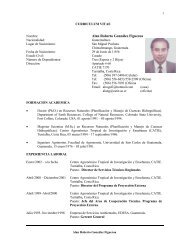
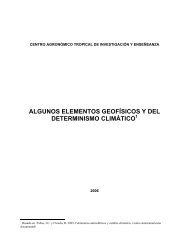
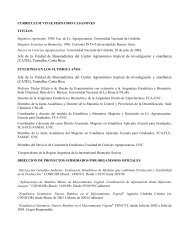
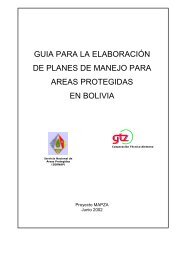
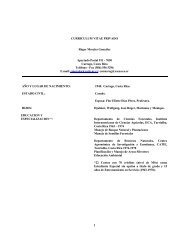
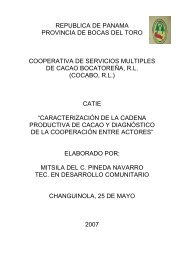
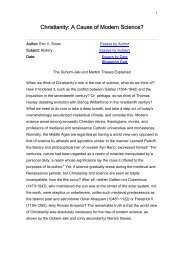
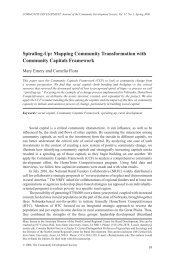
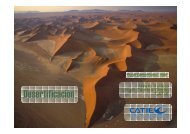
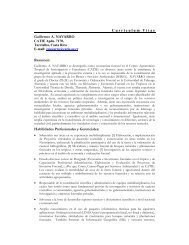

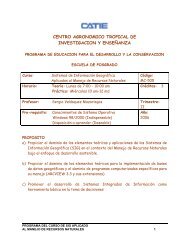
![Tratamientos y MD_2009 [Modo de compatibilidad].pdf - Catie](https://img.yumpu.com/49175499/1/190x134/tratamientos-y-md-2009-modo-de-compatibilidadpdf-catie.jpg?quality=85)